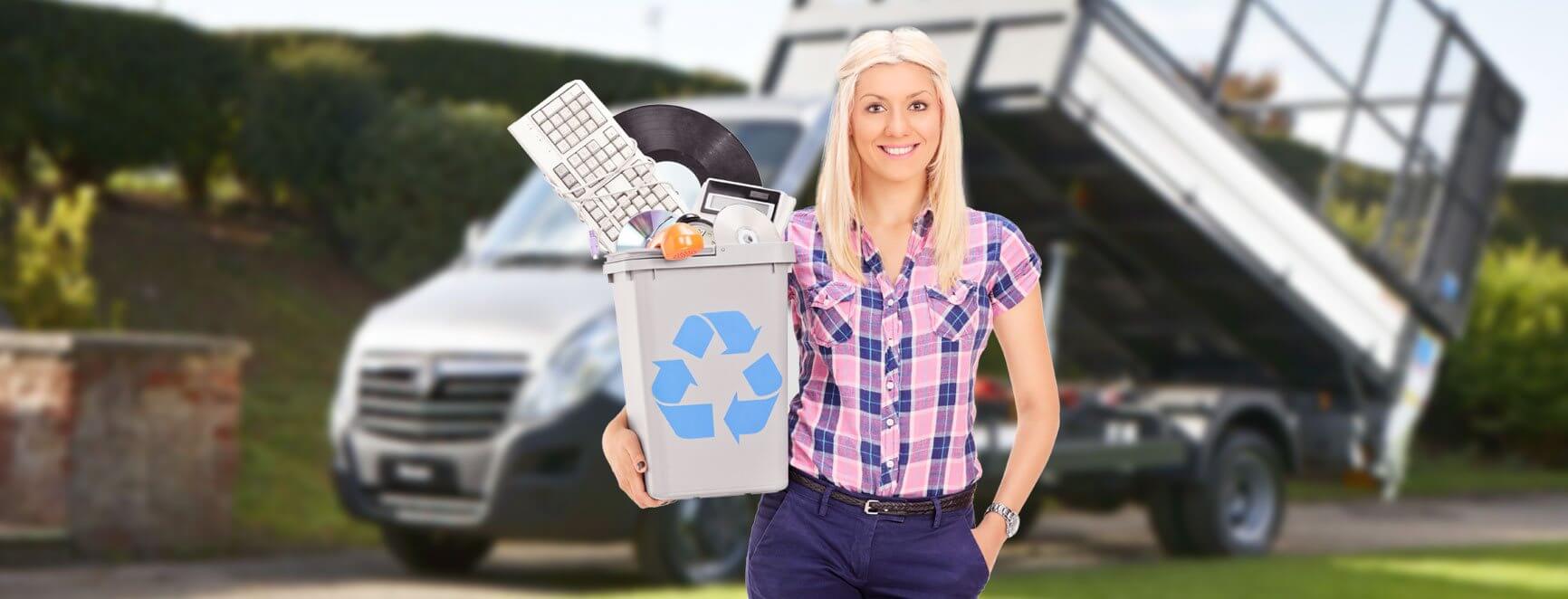Safe and Easy Carpet Disposal Tips
Posted on 01/02/2025
Carpets can add warmth, comfort, and style to any home, but there comes a time when they need to be replaced. Proper disposal of old carpets is crucial for both environmental and safety reasons. This article will guide you through safe and easy carpet disposal tips while highlighting the pros and cons to help you make informed decisions.
Preparing for Carpet Removal
Before you start the removal process, some prep work is necessary:
1. Clear the Area: Remove all furniture and items from the carpeted area.
2. Check for Hazards: Ensure there are no tacks, nails, or other hazardous materials. Use a hammer to remove any tacks or nails.
3. Ventilate the Area: Open windows and doors to ensure proper ventilation; some adhesives and older carpets might release dust and other particles.

Cutting the Carpet
Tools Needed:
- Utility knife
- Protective gloves
- Dust mask
- Duct tape or carpet tape
Steps:
1. Measure and Mark: Measure the carpet into manageable sections, typically 3-4 feet wide.
2. Cutting: Use a utility knife to cut along the measured lines. Always cut from the back of the carpet where the backing is softer.
3. Rolling the Sections: After cutting, roll each section tightly and secure it with duct tape or carpet tape.
Proper Disposal Methods
Curbside Pickup
Many municipalities offer curbside pickup for carpet disposal. Check with your local waste management service for guidelines on preparation and pickup days.
Drop-Off Centers
Look for local recycling or waste drop-off centers that accept carpets. Some centers may charge a fee, so it's wise to call ahead and inquire.
Recycling Programs
Some manufacturers and retailers offer carpet recycling programs. These programs break down carpet fibers for reuse, reducing landfill waste.
Donation
If the carpet is still in good condition, consider donating it to local charities, shelters, or community centers. Always call ahead to ensure they accept carpet donations.
Eco-Friendly Disposal
Carpet Recycling Services
Companies like Carpet America Recovery Effort (CARE) focus on recycling carpets. They have locations across the country and provide guidelines for properly recycling your old carpet.
DIY Recycling
If you are up for a DIY project, consider repurposing your carpet. Old carpets can serve as padding for pet houses, insulation for walls in a shed, or even weed barriers in your garden.
Safety Tips
1. Wear Safety Gear: Always wear gloves and a dust mask when handling old carpet to protect against dust and allergens.
2. Use Proper Tools: Avoid improvising tools that could lead to accidents. Stick to utility knives and duct tape.
3. Clear Pathways: Ensure you have a clear, unobstructed path to transport the carpet rolls to your disposal method of choice.
Pros and Cons
Pros
- Recycling: Environmentally friendly, reduces landfill waste, conserves resources.
- Donation: Helps community organizations, extends the carpet's life.
- Curbside Pickup: Convenient, usually included in regular waste disposal services.
Cons
- Cost: Some disposal methods, like drop-off centers and recycling, may involve fees.
- Time-Consuming: Cutting, rolling, and transporting carpet can be labor-intensive.
- Restrictions: Not all disposal methods are available in every area.
Tips for Carpet Disposal
1. Plan Ahead: Establish your disposal method before removing the carpet.
2. Follow Local Guidelines: Adhere to local regulations to avoid fines.
3. Label Carpet Rolls: Labeling makes it easier for waste management or recycling services to handle.
4. Schedule Pickups: If using curbside pickup, schedule in advance to avoid delays.
5. Reuse & Repurpose: Explore creative ways to reuse carpet pieces to benefit your home or garden.

Takeaways
Proper carpet disposal requires planning, the right tools, and safety precautions. Knowing your options--whether it's recycling, donation, or curbside pickup--can make the process more manageable and environmentally friendly.
Conclusion
Disposing of old carpets doesn't have to be daunting. By following the safe and easy carpet disposal tips shared in this article, you can ensure a smooth transition from your old carpet to a fresh new look for your floors. Not only will you be contributing to environmental sustainability through recycling and repurposing, but you'll also ensure the safety and cleanliness of your living space. Plan ahead, follow the recommended guidelines, and choose the most suitable disposal method for you and your community.





